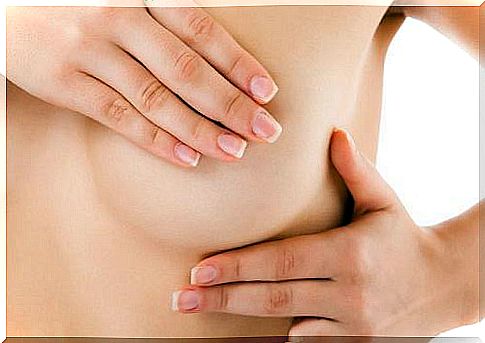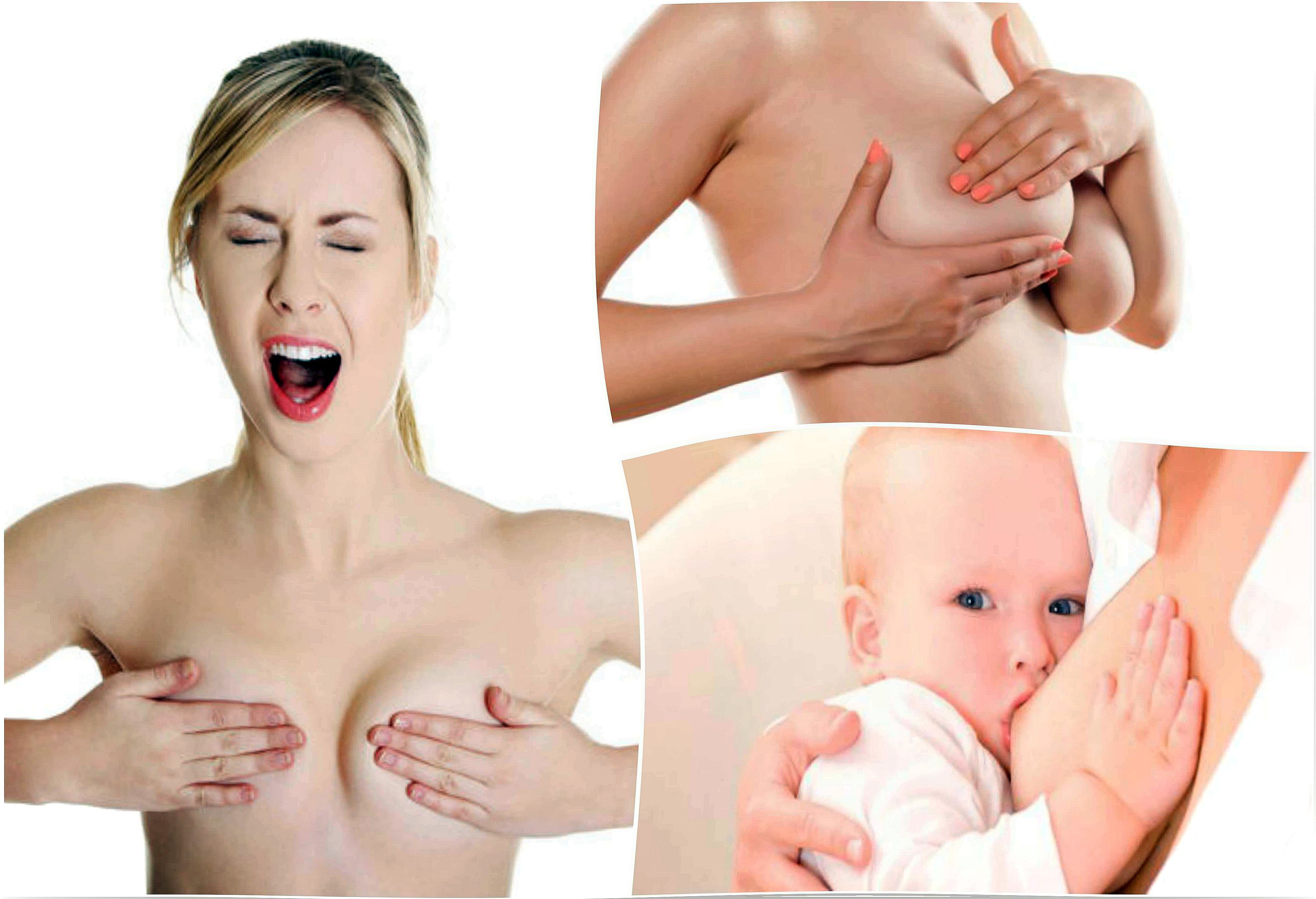Why Can The Chest Hurt? – Being Parents

On a physical level, every woman goes through different difficult stages in her life. This is mainly due to hormonal activity. It is usually before and after “development” that hormonal changes bring with them big changes in the body that can cause chest pain.
Breast discomfort is very common in women and it brings with it the following questions: why can the breast be sore? What are the reasons for the suffering of women in the chest?
These pains can present for different reasons which can range from menstruation to pregnancy.
Inflammation and tenderness before or during the menstrual period is something very common. Usually, it’s nothing serious. This is only the result of hormonal changes or even improper use of underwear.
Sometimes women immediately associate chest pain with breast cancer. This generates in them distressing thoughts and a high level of stress which is very counterproductive for their health in general.
For everyone’s peace of mind, we have decided to present in this article some of the reasons for pain or discomfort in the chest.
The most common causes of chest pain
1. Hormonal changes
It is very common for young women to experience chest pain during the days associated with PMS. By knowing their body well, some women are even able to detect their fertile period.
During this period, the chest may be sore. This discomfort presents itself around halfway through the menstrual cycle. It coincides with the ovulation period and the days before your period.
The two mentioned phases of the cycle coincide with the most abrupt changes in the levels of female hormones. The use of birth control pills and hormone replacement therapy can also be responsible for this discomfort.

2. Pregnancy
For many women, one of the first symptoms to appear when they become pregnant is chest pain. The reason is that they are usually more sensitive when they get pregnant when they are young or for the first time.
However, it is normal for breast pain to be experienced during the first trimester of pregnancy. The breasts increase in size and blue veins appear which proves an increase in blood circulation.
3. Breastfeeding
When a woman has just given birth, it is common that she suffers from chest pain whether or not she is breastfeeding. This is due to the “surges of milk”. If the pain is very frequent, severe, and does not improve, this could indicate the presence of mastitis.
4. Mastitis
This problem corresponds to an inflammation of the breasts generated by the obstruction of the milk ducts. It happens because of an infection of the breast, caused by a virus, bacteria or fungus. The symptoms are redness of the breasts, pain and fever.
5. Wrong bra size
The correct use of the bra is essential for good breast health.
If it is too small, it can overpress the chest and cause pain and difficulty in blood circulation. This can cause constant discomfort in the chest area. Also, if the bra has iron ribs, they can get stuck and risk damaging the breast ligaments.
On the contrary, if it is too large, it will not provide sufficient support. One of the consequences of a lack of support is the acceleration of flaccidity and affection of the tendons of the shoulders.

6. Excessive physical exercise
The breasts are glands made up of tissue located on the muscle. When a woman does a long day of exercise, it is therefore not uncommon for her to feel discomfort in the chest area. If the pain is very bad and persists with the days, your best bet is to make sure it is not a tear.
It is important to remember that you should use an appropriate bra when playing sports. The woman must make sure that it is the right size and that it reduces the impact of the movements made. With these checks, one can avoid chest pain.
7. Breast cancer
Chest pain is one of the most belated symptoms of this disease. If patients are under continuous medical supervision and complete treatment on time, it is likely that they will not experience the major discomfort associated with the condition.
It is recommended that you perform a breast self-examination once a month as a precautionary measure. If we do not find any abnormalities and feel pain, it is likely that we have other minor pathologies.









